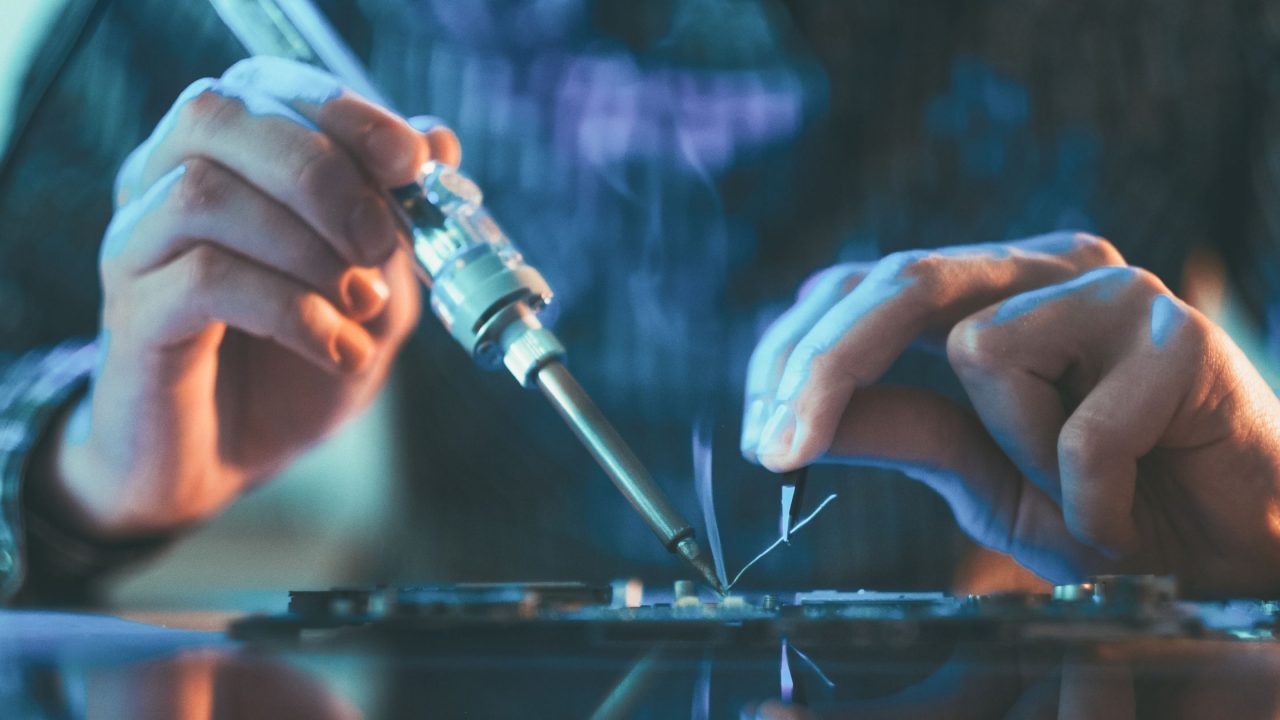Consumers in India, in general, choose repair over replacement. Being natural recyclers, Indians like to maximise the life of every equipment that they use. An organised approach towards the above presents an opportunity to create an ecosystem in the hardware manufacturing space for outsourcing defective and damaged electronic items.
Repair, refurbishment and remanufacture of electronic devices is at the cusp of an astronomical growth opportunity and is fast emerging as a sunrise sector, courtesy increasing dependence on such equipment and growing demand for refurbished products.
In addition, it helps reduce e-waste which would have been generated had the electronic gadget been discarded.
An increase in digitisation and a rise in demands for consumer electronics goods, coupled with the renewed thrust on local manufacturing, are already guiding the domestic organised market. And India has the potential to become the global hub in this sector due to the comparatively lower cost of repairs vis-a-vis overseas.
SCALABILITY
Every year, millions of electronic devices – laptops, mobiles, tablets, televisions, speakers and wearables – are being sold and purchased in India and each requires a repair and services support eco-system. The scalability of this untapped sector can be gauged from the Manufacturer’s Association of Information Technology (MAIT) study, which indicates that the electronics repairs market can help create 5 million jobs, generating a revenue of USD 20 billion per annum in the next four years (from 2025 onwards). It is among the largest and fastest-growing industries in the world, exhibiting a stronger groundswell compared to the early stages of the IT sector.
The sector is making huge strides at the global level owing to the availability of electronic equipment insurance, introduction of “right to repair” law and the entry of various players.
This won’t be a surprise to find numerous Electronic Repair-Service Outsourcing (ERSO) start-ups emerging within the next few years in this sector estimated at USD 100 billion worldwide.
ADVANTAGE INDIA
Corporates in developed countries like the US and Europe are compelled to send goods overseas due to high repairing costs. India is better placed than its counterparts in China, Taiwan, Indonesia and Malaysia due to availability of a competent workforce at a reasonable price and cost arbitrage.
The global electronics market is USD 3 trillion. With an average product life of three years, roughly USD 9 trillion worth of electronic products are in use at any point in time. Four per cent of the warranty cost leads to a figure of USD 350 billion. Spare parts form 50 per of the warranty cost and repair costs are 40 per cent of the spare parts cost.
The global service market is forecast to grow at a CAGR of 4.3 per cent, in value terms, to reach USD 188 billion by 2026.
India, which has inherent expertise in this manpower-intensive activity, can eye a conservative share of 30 per cent of the global repair and calibration market and translate it into USD 20 billion industry in just five years.
The push to “Make in India” and “Digital India” programmes in India and the global penetration of digital devices will help build repair opportunities with time. This can majorly contribute to the country’s vision of achieving a USD 5 trillion GDP.
While a repair-based knowledge economy is within reach, a swift turn-around time and a few other things need to be ensured.
THE WAY FORWARD
Rapid urbanization and technological advancement have been fuelling global electronic equipment repair service market with the Asia-Pacific region dominating the sector, having cornered 33 per cent of the market share in 2020 and would continue to do.
To secure long-term repair commitments, it is important for original equipment manufacturers (OEMs) to prioritise India for repair and refurbishment.
India already has world-class repair infrastructure owned by both local and foreign companies. A skilled and affordable workforce gives it a competitive edge over ASEAN, China and East Europe.
It is, however, facing regulatory, procedural and huge logistic bottlenecks owing to stringent implementation of Customs and Foreign Trade Regulations. Besides existing logistic friction, the long ‘turnaround time’ or TAT for repair deters major companies from outsourcing major repairs of electronic equipment to India. Indian repair vendors also feel tied down due to the high cost involved in upgrading infrastructure and upskilling the workforce.
A legislative intervention is; therefore, all India needs for operationalizing ERSO to ensure flow of robust orders. An Electronic Repair Service Organisation (ERSO) Policy can cut the slack by streamlining the custom processes by making it efficient and time-sensitive, de-linking equipment serial numbers imported for repair with those being exported back post repair and creating a logistic repair corridor while incentivising repair of foreign equipment.
Independent repair hubs or clusters for ERSO vendors on the lines of SEZs or as specified areas within the existing SEZs can speed up the repair TAT. Developing shipping infrastructure and dedicated cargo ports can go a long way in promoting the sector.
The electronics repair industry will also supplement growth, expansion, and facilitation of Micro, Small and Medium Enterprises (MSME) sector. Entry of entrepreneurs into this segment, a key driver to attract investment with its potential for huge returns, can help in building a global hub, which can open up plenty of opportunities for repairers to earn income thereby generating massive tax revenue for the government.
The MAIT has also suggested inclusion of ERSO under National Policy of Electronics and the creation of a Development Fund for ERSO, to allow vendors to avail the benefits of capital subsidy schemes for investments and incentives on purchase/lease of land.
Last but not the least, honing skills of youth through institutions will help galvanise an ecosystem conducive to maximizing the direct and indirect employment generation opportunities with India as the global repair and calibration capital of the world.


